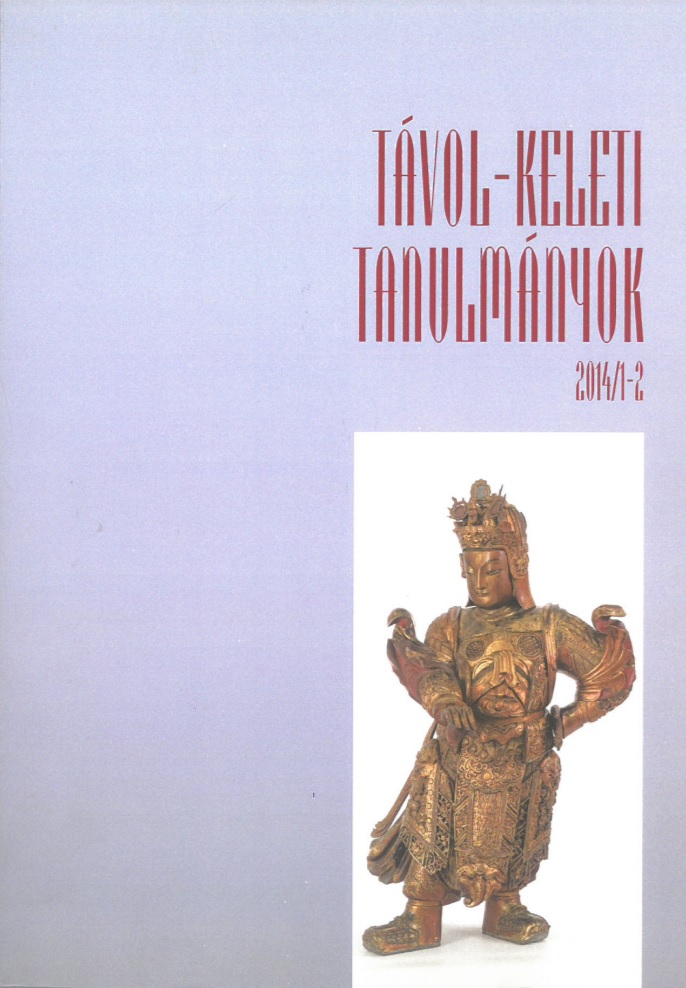Forms of human and animal sacrifices in medieval (13th – 15th centuries) Mongolian society
Published 2015-09-04
How to Cite
Copyright (c) 2015 the author(s)

This work is licensed under a Creative Commons Attribution-NonCommercial 4.0 International License.
Abstract
The purpose of this study is to identify different forms of human and animal sacrifices among the medieval (13th–15th centuries) Mongols. The study is to show the motives of these sacrifices, when and how they were held, as well as to assess the differences between the ǰükeli and qoyilγa rites or religious worship ceremonies. I make use of contemporary written sources composed by Western, Persian, and Chinese travellers, as well as some later Mongolian sources (16th–17th centuries). The study first identifies the common terminology used for this kind of practises (e.g. tayilγa and takilγa), and this step is followed by the determination of their appropriate meaning in Buryat language, which has preserved the semantic differences of these words. An introduction to the ǰükeli rite follows, a rite that may have two different functions: either begging for help or to perform a burial. The qoyilγa, on the other hand, was usually held at burials only and had rather practical purposes. The cultic sacrifices were offered to deities or sacred objects (like toa flag of Genghis khan) and were presented only on unique occasions.
